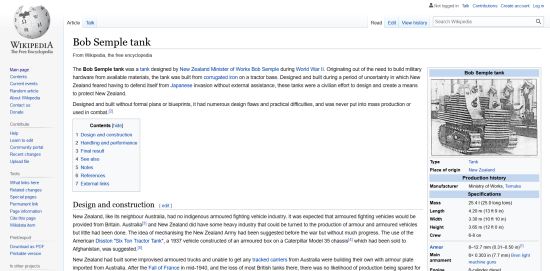The tanks need some depth, and they look too clean; it's time to dirty them up.
I use a variation of The Dip method. I apply Winsor & Newton Nut Brown ink. It won't blotch, and flows better into crevices. It gives a sepia finish to the tank that works great for tying up colours and giving the tank a gritty look. I just apply the ink with a wide brush, and make sure that the ink does not pool too much.


Now it looks a little too dirty. I drybrushed it with more Dark Sand, which covers or subdues the most offensive blotches. I applied it over the whole tank.
In the desert, tanks were basecoated sand and the green was applied afterwards - so where the green peeled off, it would reveal sand paint.
Anyway, it looks good, avoids another unnecessary step, and ties the colours together. I mixed Dark Sand with white, and drybrushed lightly on angles and prominent parts.

Vallejo Black Grey was drybrushed on the tracks, and Boltgun Metal was used on the machineguns and outer edges of the tracks.








